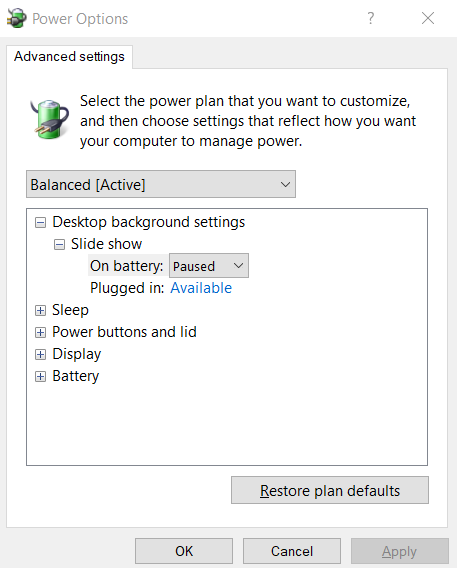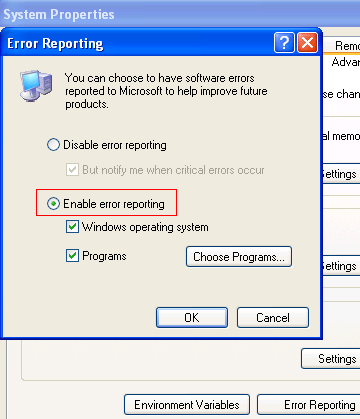
The local dump can be different than the dump sent to Microsoft. You can make use of the local dump collection even if WER is disabled or if the user cancels WER reporting. These dumps are configured and controlled independently of the rest of the WER infrastructure. If the application supports recovery, the local dump is collected before the recovery callback is called. After the dump collection has completed, the application will be allowed to terminate normally. If your application crashes, WER will first read the global settings, and then will override any of the settings with your application-specific settings.Īfter an application crashes and prior to its termination, the system will check the registry settings to determine whether a local dump is to be collected. To create a per-application setting, create a new key for your application under HKEY_LOCAL_MACHINE\Software\Microsoft\Windows\Windows Error Reporting\LocalDumps (for example, HKEY_LOCAL_MACHINE\Software\Microsoft\Windows\Windows Error Reporting\LocalDumps\). You can also provide per-application settings that override the global settings. These registry values represent the global settings. Restart the machine to apply the changes.Create DWORD32 CustomDumpFlags with 0 (decimal) in it.Create DWORD32 value DumpType – assign 2 (decimal) to it.Developers can use this infrastructure to receive information that can be used to improve their applications. Microsoft can use the error reporting feature to provide customers with troubleshooting information, solutions, or updates for their specific problems.
#Microsoft error reporting crashed update
Some queries in Windows Update for Business reports require devices to send diagnostic data at the following levels: Optional level (previously Full) for Windows 11 devices. By tracking associated application event IDs such as 10. The error reporting feature enables users to notify Microsoft of application faults, kernel faults, unresponsive applications, and other application specific problems. At minimum, Windows Update for Business reports requires devices to send diagnostic data at the Required level (previously Basic ).

Create DWORD32 value DumpCount – assign 10 (decimal) to it The information contained in the log message can help you analyze the reason for the error.


Create STRING value DumpFolder with the following content: C:\test (choose your location here). It is recommended, not to use the root folder.If it does not exist, create the following key: LocalDumps.Navigate to following key: HKEY_LOCAL_MACHINE\SOFTWARE\Microsoft\Windows\Windows Error Reporting.Open the Windows registry editor ( Start > Run > type regedit.exe and press Enter).To enable and configure this feature, create the LocalDumps registry values under the HKEY_LOCAL_MACHINE\SOFTWARE\Microsoft\Windows\Windows Error Reporting key: Enabling the feature requires administrator privileges. It is only available in Windows Server 2008/Vista SP1 or higher. Note: The following procedure is the preferred method for gathering Windows debug logs for GFI MailEssentials and other products.


 0 kommentar(er)
0 kommentar(er)
